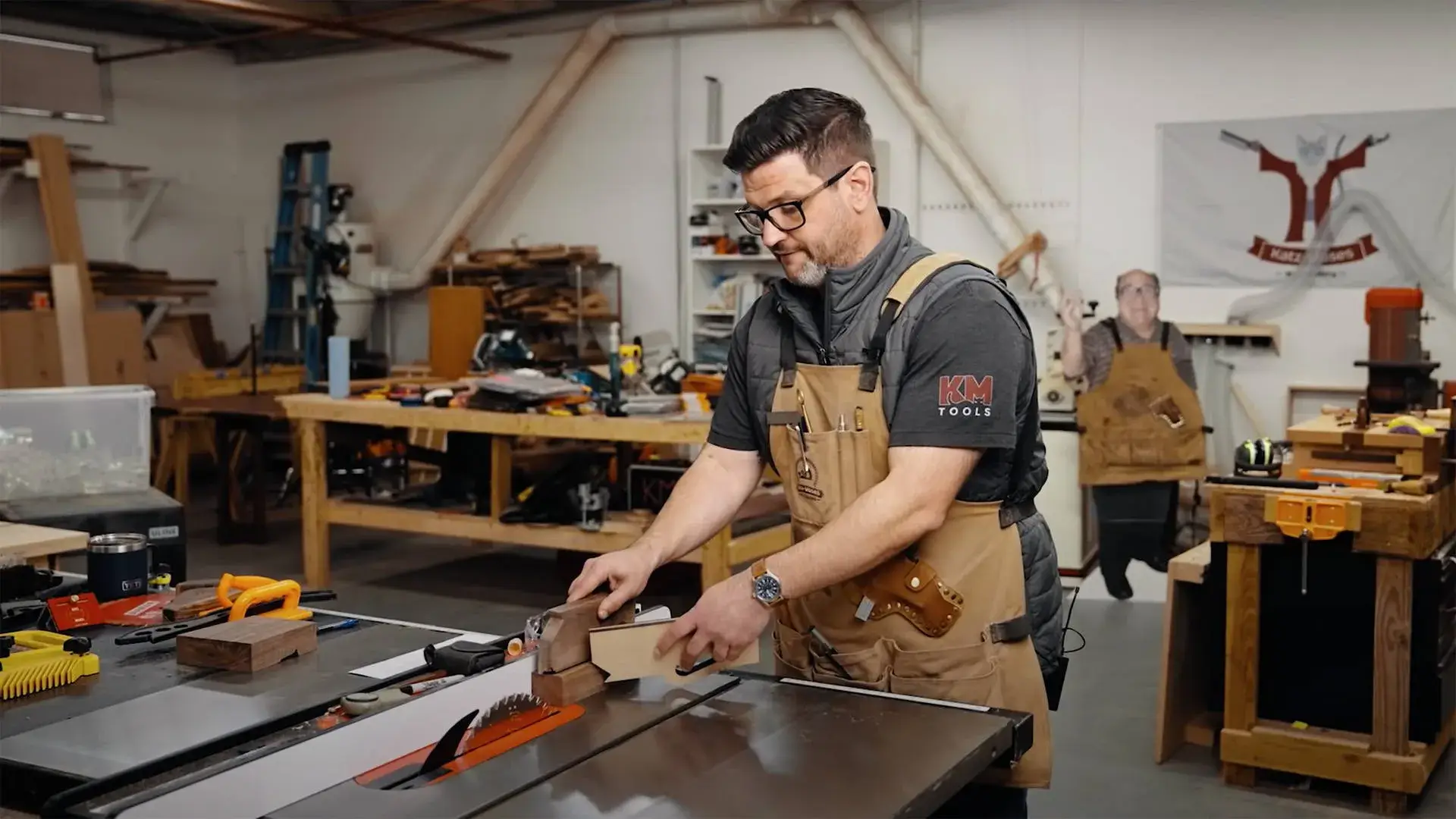A table saw is a powerful and versatile tool that can cut wood, metal, plastic, and other materials with ease. However, it can also pose a serious risk of injury if not used properly. According to the U.S. Consumer Product Safety Commission, table saws cause about 67,300 injuries every year, resulting in more than 4,000 amputations and 30 deaths. Therefore, it is essential to know the dangers of using a table saw and how to avoid them.
The main danger of using a table saw is kickback, which occurs when the blade catches the material and throws it back at the operator with great force. Kickback can cause severe cuts, bruises, fractures, or even death. Kickback can be caused by several factors, such as:
- Improper alignment of the blade, fence, or miter gauge
- Dull or damaged blade
- Feeding the material too fast or too slow
- Using the wrong type or size of blade for the material
- Pinching or binding the material between the blade and the fence
- Cutting warped, twisted, or wet wood
- Releasing the material before it is completely cut
To prevent kickback, you should follow these safety tips:
- Always wear eye and ear protection, gloves, and a dust mask when using a table saw
- Check the blade for sharpness, cracks, or missing teeth before each use
- Adjust the blade height so that it is slightly higher than the thickness of the material
- Align the blade, fence, and miter gauge accurately and securely
- Use a push stick, push block, or featherboard to feed the material and keep your hands away from the blade
- Use a splitter, riving knife, or anti-kickback device to prevent the material from pinching the blade
- Avoid crosscutting long boards without a miter gauge or a crosscut sled
- Do not cut more than one piece of material at a time
- Do not reach over or behind the blade while it is spinning
- Turn off the power and wait for the blade to stop before removing any scraps or making any adjustments
Other dangers of using a table saw
Besides kickback, there are other hazards that can occur when using a table saw, such as:
- Electric shock: This can happen if the table saw is not grounded properly, if the cord or plug is damaged, or if the operator touches a live wire or a wet surface. To avoid electric shock, you should use a table saw with a three-prong plug, inspect the cord and plug regularly, and keep the work area dry and clean.
- Fire: This can happen if the table saw overheats, sparks, or ignites flammable materials. To prevent fire, you should keep the table saw away from combustible materials, clean the dust and debris regularly, and use a circuit breaker or a fuse to protect the electrical system.
- Noise: This can happen if the table saw produces loud or high-pitched sounds that can damage your hearing. To protect your hearing, you should wear ear plugs or ear muffs when using a table saw, and limit your exposure time to the noise.
- Dust: This can happen if the table saw generates fine particles that can irritate your eyes, nose, throat, or lungs. To reduce dust, you should use a dust collector, a vacuum, or a fan to capture and remove the dust, and wear a dust mask or a respirator to filter the air.
Conclusion
A table saw is a useful tool that can help you with various projects, but it can also be dangerous if not handled with care. By knowing the risks and following the safety precautions, you can use a table saw safely and efficiently. Remember, the most important thing is to use common sense and respect the power of the tool.

